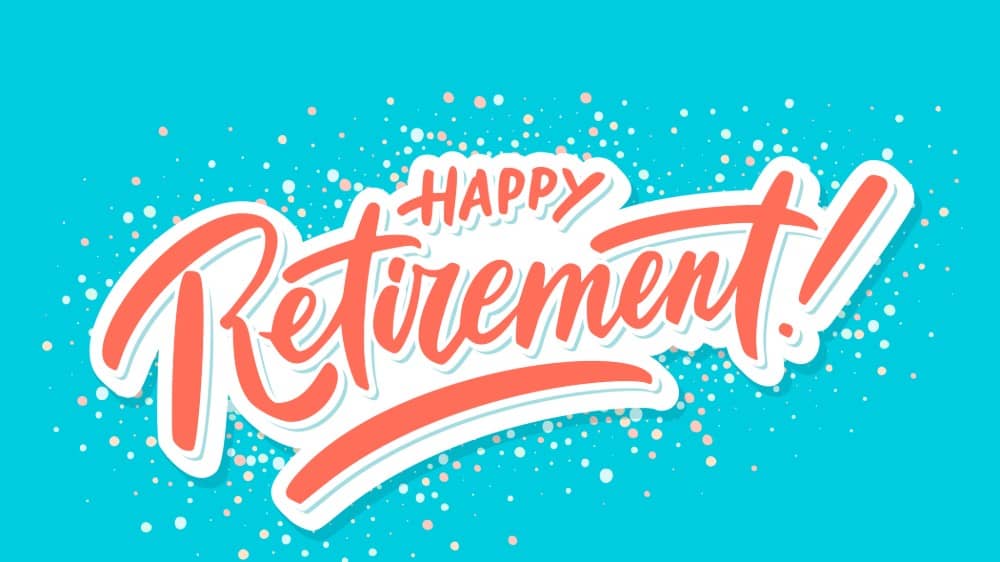When to take CPP benefits is one of the biggest dilemmas facing Canadian retirees. If you take CPP as early as possible (at age 60), you enjoy more total years of benefits, potentially allowing you to retire earlier. However, if you wait (say, until 70), you get more money each year.
For many soon-to-be retirees, this makes for a tough decision. Most people would like to retire early, but with CPP paying so much more income if you wait until later, it can seen foolhardly to take it before the latest possible date.
In this article, I’ll explore a strategy that can empower you to take CPP early without sacrificing quality of life in retirement — a simple approach to retirement saving that can leave you with enough annual passive income to retire, even if you take CPP at 60.
Make no mistake; this isn’t a “magic hack” that can boost your CPP payments. What it is is something much better: an investing approach that can leave you totally independent of CPP itself, so it doesn’t matter what age you take it at.
Build a portfolio of investments in TFSAs and RRSPs
If you want to retire early, it’s absolutely crucial that you invest in TFSAs and RRSPs.
Bonds and dividend stocks turn your savings into income, so you get paid without having to spend your savings. However, to get the most out of your income-bearing investments, you need to invest in a tax-free or tax-deferred environment. Taxes take a huge chunk out of your returns, including dividends and interest, so the more money you can invest tax-free, the better. The best account for tax-free investing is the TFSA, since you don’t pay taxes on the withdrawals, but RRSPs are a good backup for when your TFSA is maxed out.
What to invest in
If you’re committed to investing for your retirement in a TFSA or RRSP, it’s a good idea to invest in index ETFs. Index ETFs provide guaranteed market average returns, without you needing the expertise to research individual stocks.
One great index ETF trading on the TSX is iShares S&P/TSX 60 Index Fund (TSX:XIU). It’s a diversified fund based on the TSX 60 — an index of the 60 largest publicly traded Canadian stocks by market cap. There are many funds out there that track the TSX composite, which is the 250 largest Canadian stocks, but the TSX 60 has enjoyed a slight performance advantage over them.
One thing that makes XIU so great for retirees is its income potential. Regular investment income is particularly important for retirees, who can’t wait out long stock market downturns to cash out their gains.
XIU has a trailing dividend yield of 2.8%, which means you get $2,800 in annual income for every $100,000 you invest. That’s a nice income supplement that can add some much-needed cash into your wallet when you go to retire. What’s more, the payouts may rise over time, leading to a truly substantial amount of tax-free income 10 or 15 years down the line.









